Do you love coconuts and the planet? Coconut fibers, also known as Coir, may be the growing medium for you, as it is simply the discarded clothing of a harvested coconut. Using it instead of throwing it away is a win-win for everyone and for environmental responsibility, it is becoming popular due to its use as a natural planting medium. It can be planted directly as is or mixed with other beneficial products.
While it is an excellent growing medium for many plants with many benefits, it is equally important to consider the potential drawbacks of coconut fiber.
Advantages of Planting in Coir
- Durability: There are several reasons to plant in coir, and one of the main ones is its durability. You can reuse coir, unlike many other planting media, such as peat. And unlike peat, which is harvested from peat bogs, coir fiber is the result of reused waste: the husk of the coconut itself. An average mature coconut tree can produce up to 150 coconuts per year. Harvested and cleaned coconuts end up in our supermarkets, but all this hairy fiber was traditionally thrown away or burned, adding to our emissions problems. With modern methods, the material is produced with minimal energy and is light to transport.
- Increases aeration and retains water – Coir is well known for its ability to provide good aeration, which is great for plants. Coir professionals also claim its ability to absorb 10 times its weight in water. When coir is used in hydroponic systems with a nutrient solution, the roots absorb these nutrients more quickly than in soil mixtures. If used as a planting medium, your plants will need much less watering.
- Ease of use and few problems: Among the advantages of coir is its neutral pH. Coir professionals usually recommend mixing the product with other plant supplements, but it can also be used directly. It also has anti-fungal properties, which minimizes insect and disease problems.
- Low cost – Coir is also relatively cheap, especially if you get it in a compact form. Simply soak it and it expands to nearly double its size. This makes it a lightweight substrate that is easy to transport.
- Different types to choose from – There are different forms of coco. Coir pith (sometimes called coco peat) is so absorbent that it could keep plant roots too wet and should probably be mixed in. Coir fibers allow for better aeration and allow oxygen to easily reach plant roots. Coconut chips are great when mixed into the soil because they create air pockets while retaining some water.
Disadvantages of Coconut Fiber Planting
- Hard to find – First of all, it can be hard to find, as it is not a common practice.
- Salt problems – Some gardeners have encountered problems with coco-coir because the product contains too much salt. The electrical conductivity of water in a growing medium that is too salty can prevent or discourage water uptake by plant roots. It can also cause problems with nutrient absorption. This often happens because those who harvest coconut fiber rinse the product with salt water instead of fresh water. Get to know the supplier of the material before you buy, and if the price seems too good to be true, check the fine print and call the company, if necessary. The salt in the product is likely to cause major problems.
- It does not contain nutrients: another disadvantage of coconut fiber planting would be the lack of nutrients it has, since it is an inert medium (without nutrients). You can mix the coir with another type of growing medium halfway through to get some of the nutrients, but you will probably still need to add fertilizer. Also, coir tends to retain calcium, magnesium and iron. Although it stores and releases most of the added nutrients easily, due to the high cation exchange, you may need to find a formula that contains additional elements from those listed.
Using a product that would otherwise have been thrown away or burned is an environmentally conscious decision. While it doesn’t fit the needs of all plants, it is a versatile and adaptable soil option that can replace endangered peat moss. Just be sure to consider all of its possible downsides as well before using it.

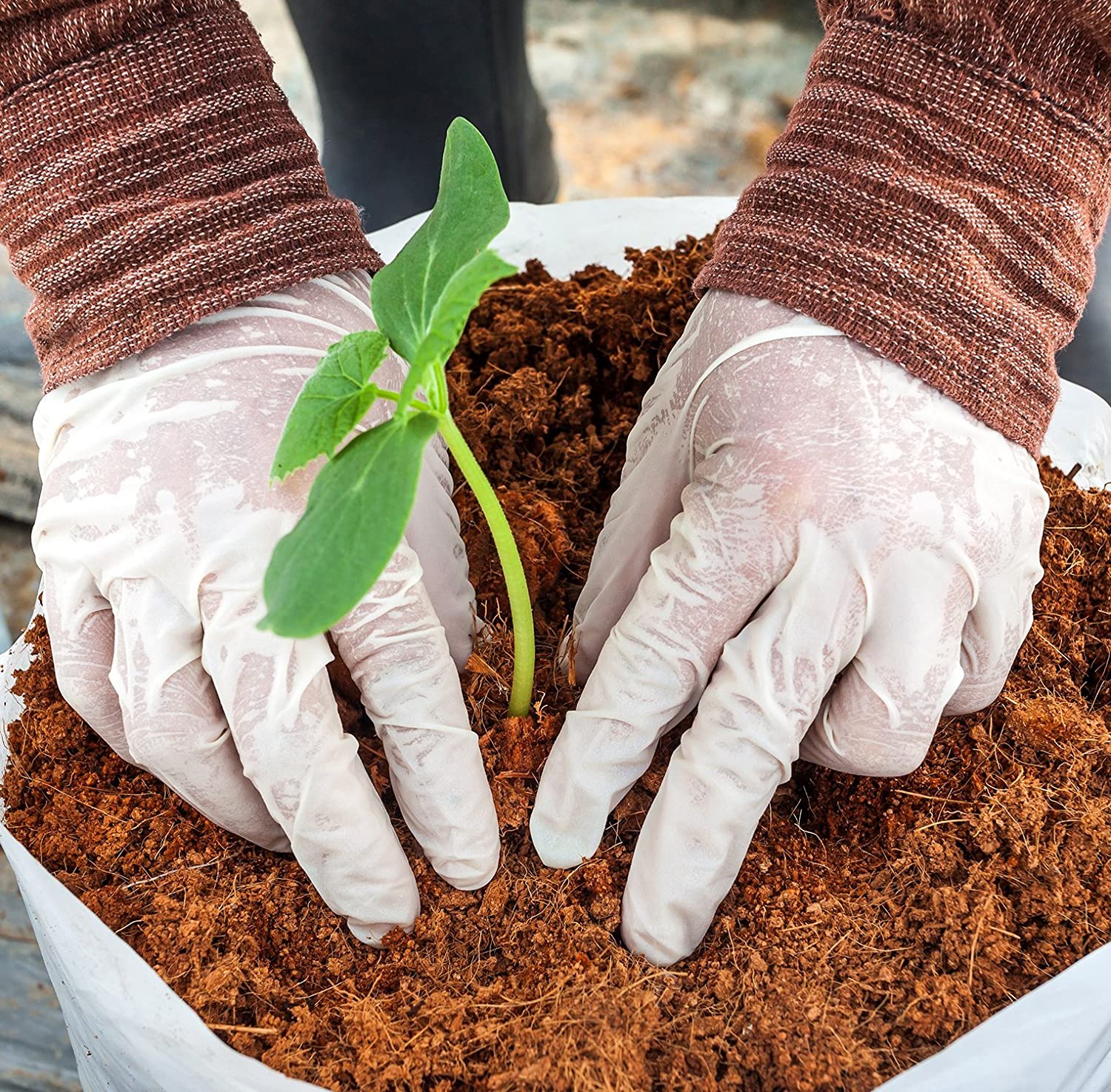
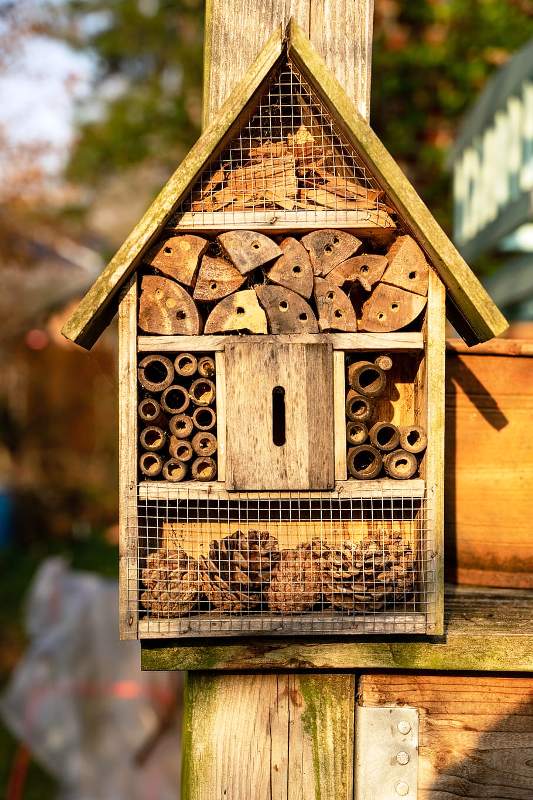
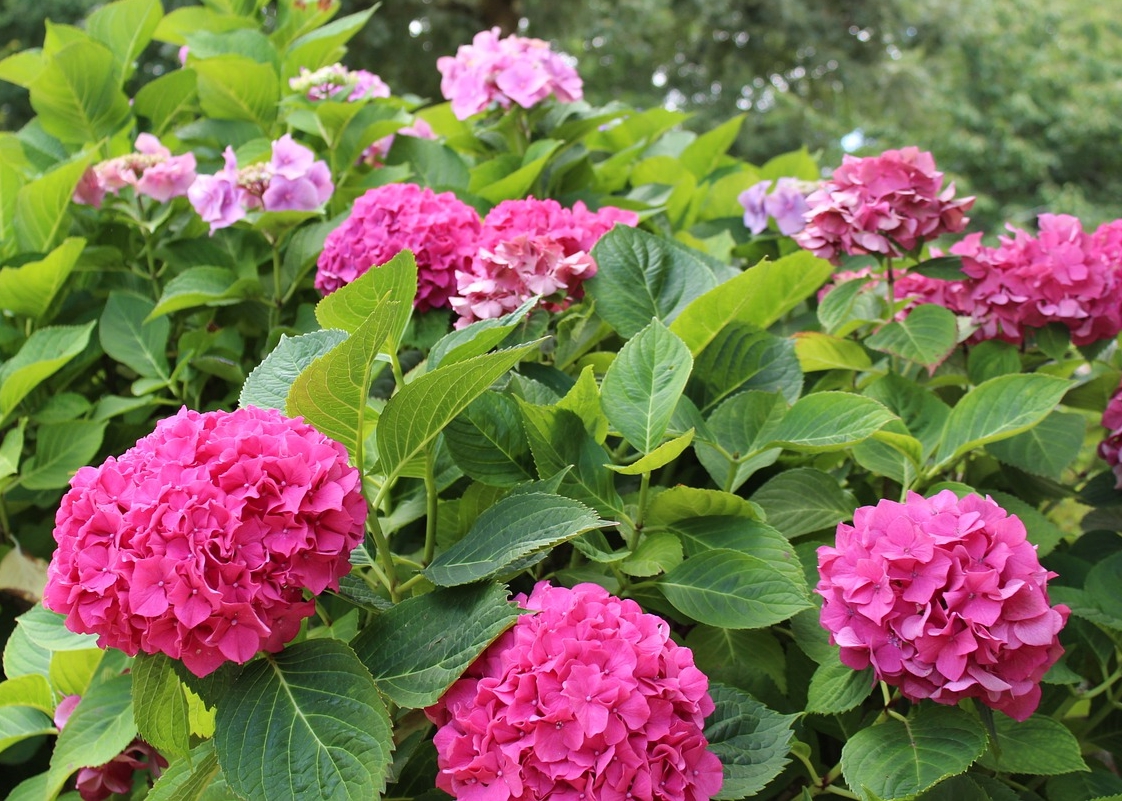
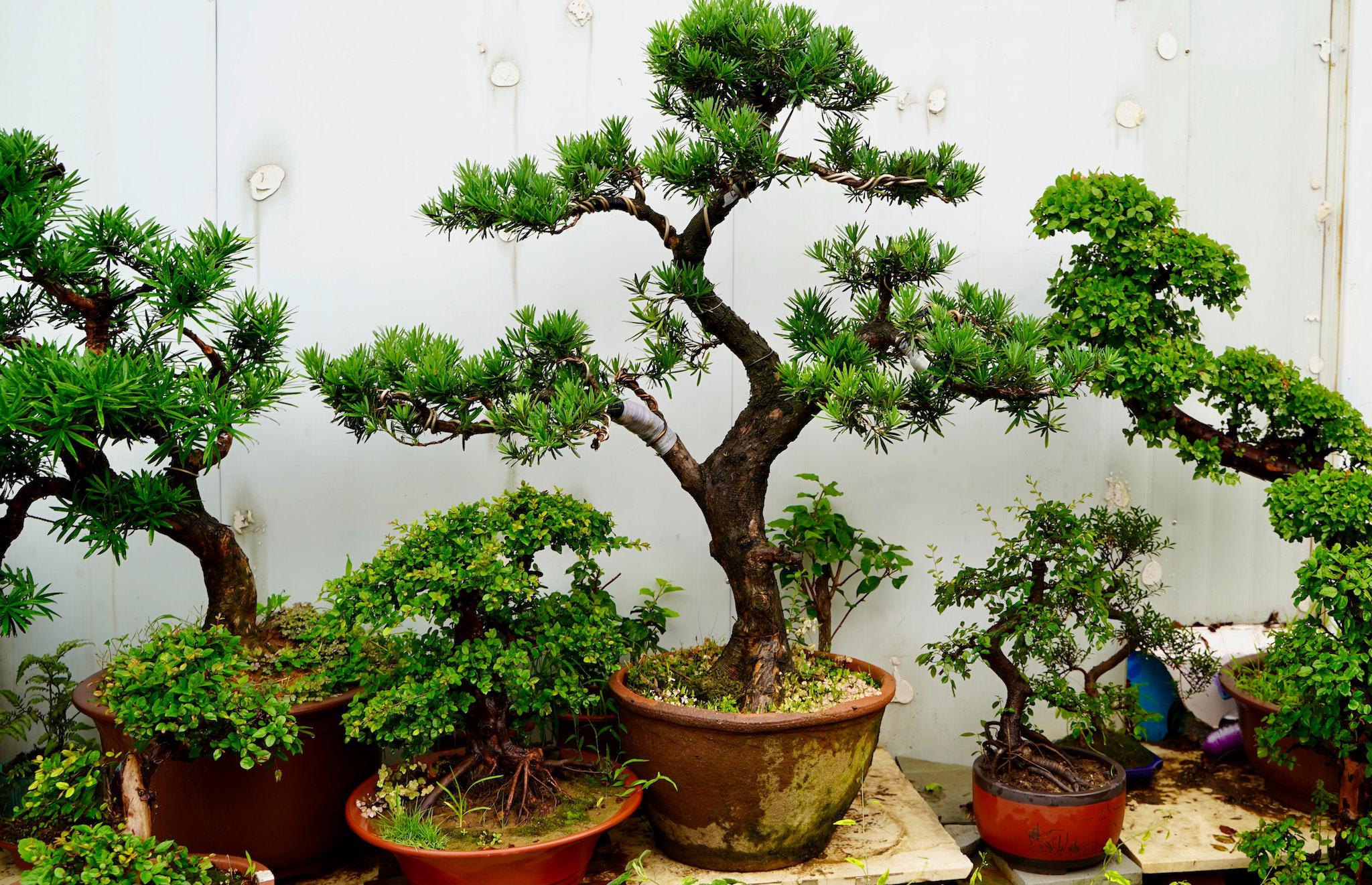
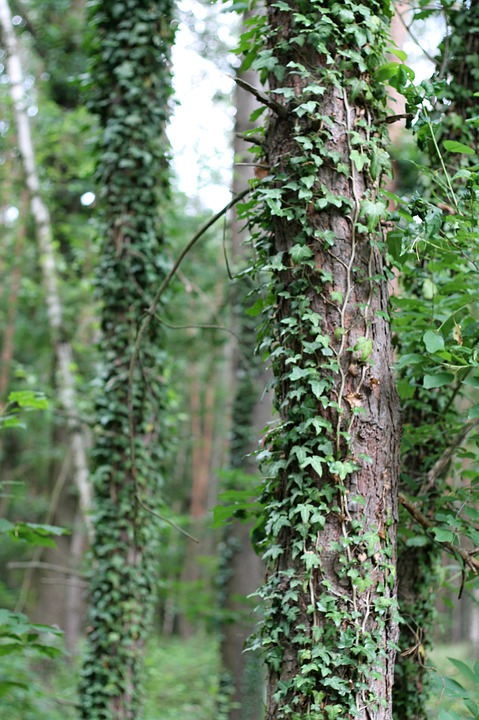
1 Comment
[…] cleaning is a real hassle and it is not something that we all enjoy. One out of three people thinks that green indoor plants are an attractive feature of their living space. However, houseplants are not just pretty to look at; they also reduce the temperature in a room. They purify and humidify the air even more easily if they are well maintained. So, without further ado, let’s dive into this blog and learn some of our easy tips for keeping your leaves bright and clean. […]